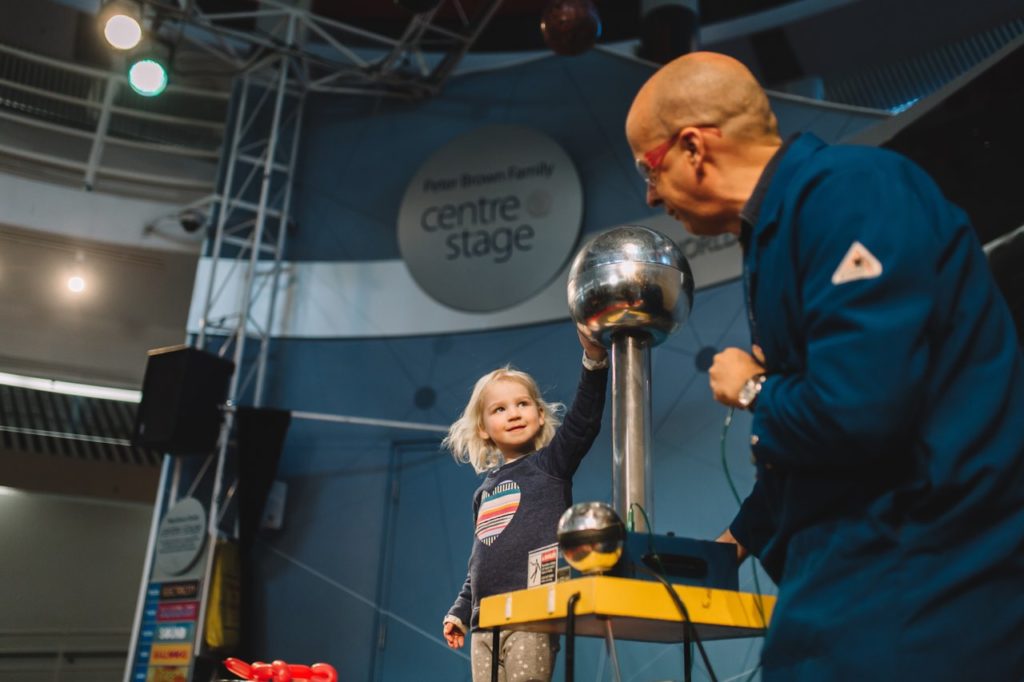In this game, students use their bodies to illustrate how temperature, density, and volume affect air pressure.
Temperature affects how particles move.
As air warms up, the particles start to vibrate and bump into each other, increasing the space around each particle. Because each particle uses more space for motion, the air expands and becomes less dense (lighter).
A lower density means that there are the same number of air molecules that occupy a larger space (volume). If the temperature of air increases but the volume stays the same, the pressure will increase.
The opposite effect happens when the air cools (temperature decreases). As the temperature drops, particles move more slowly, taking up less room. The amount of space the air takes up shrinks, and reduces the air pressure.


